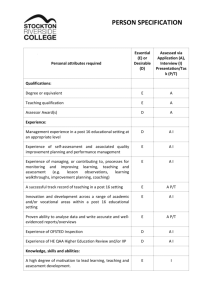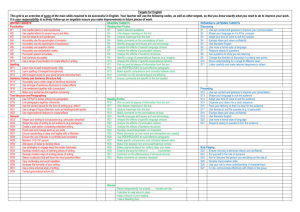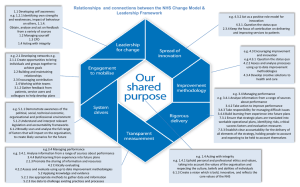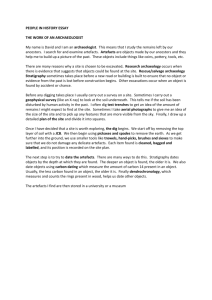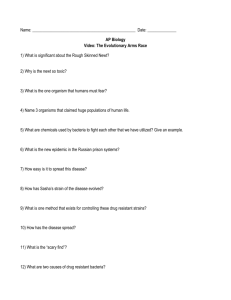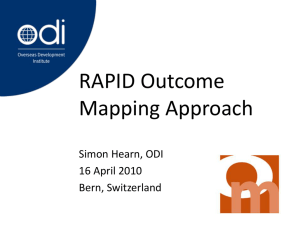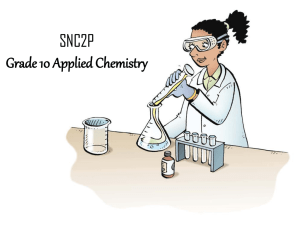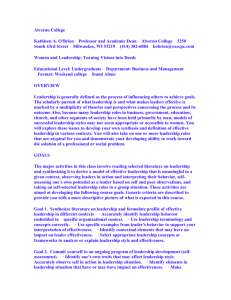Resistant materials specialism - Bath Spa University
advertisement
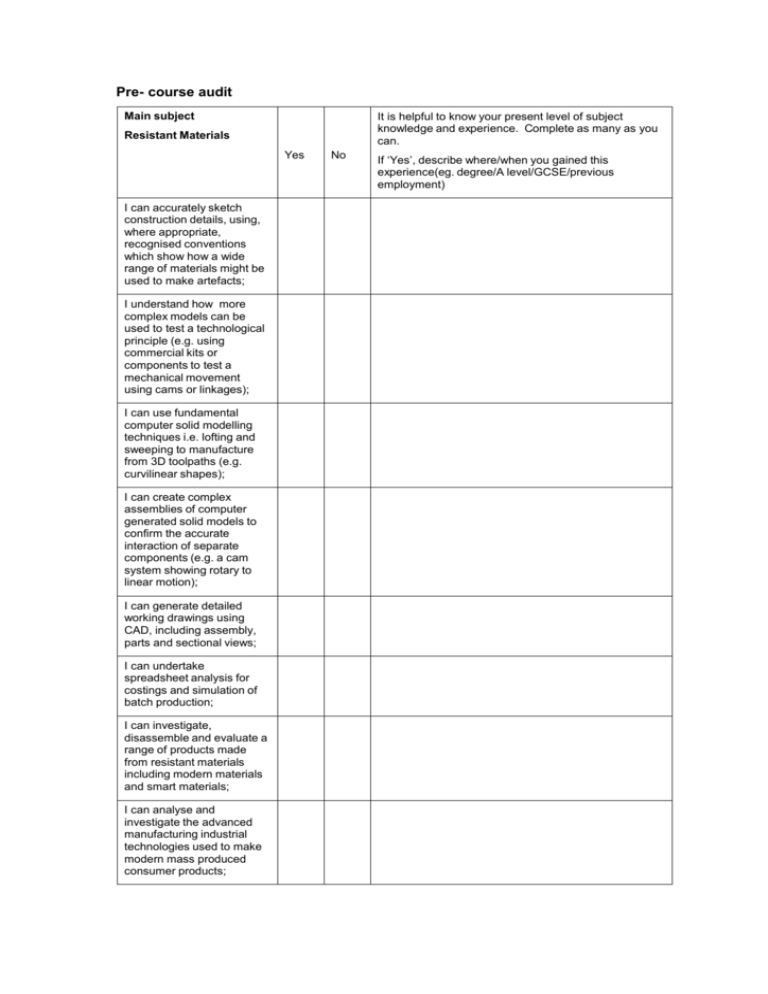
Pre- course audit Main subject It is helpful to know your present level of subject knowledge and experience. Complete as many as you can. Resistant Materials Yes I can accurately sketch construction details, using, where appropriate, recognised conventions which show how a wide range of materials might be used to make artefacts; I understand how more complex models can be used to test a technological principle (e.g. using commercial kits or components to test a mechanical movement using cams or linkages); I can use fundamental computer solid modelling techniques i.e. lofting and sweeping to manufacture from 3D toolpaths (e.g. curvilinear shapes); I can create complex assemblies of computer generated solid models to confirm the accurate interaction of separate components (e.g. a cam system showing rotary to linear motion); I can generate detailed working drawings using CAD, including assembly, parts and sectional views; I can undertake spreadsheet analysis for costings and simulation of batch production; I can investigate, disassemble and evaluate a range of products made from resistant materials including modern materials and smart materials; I can analyse and investigate the advanced manufacturing industrial technologies used to make modern mass produced consumer products; No If ‘Yes’, describe where/when you gained this experience(eg. degree/A level/GCSE/previous employment) I can analyse and investigate the visual and other sensory principles when analysing artefacts (e.g. balance, harmony, proportion); I can recognise the importance of new technologies, innovations and inventions in the design of consumer products; I can consider a range of products and evaluate their impact on the environment; I can analyse the social consequences of automated mass-production systems (e.g. robotic assembly lines); I can consider how the psychological aspects of ergonomics can influence the design of products (e.g. colour, shape and semiotics can be used to convey meaning in products). I understand the properties and working characteristics of a range of resistant materials including smart materials such as thermochromic film and EL panel; I can accurately measure and mark out considering appropriate tolerances when using both precision hand tools and machines, during the manipulation of a wide range of resistant materials (e.g. vernier calipers, micrometer); I can accurately cut and waste, by using machines (e.g. centre lathe, vertical and horizontal milling), wood, metal, plastics to efficiently achieve precision fit and quality finish; I can accurately deform, form and fabricate using appropriate methods with a range of materials using complex equipment (e.g. spot welder, vacuum bagging and metal casting) and machine tools (e.g. box folder and jigs); I can effectively join a range of materials using advanced techniques, complex equipment and appropriate machine (e.g. spot welder, complex knock-down fittings); I have used CADCAM to aid manufacturing (e.g. making jigs for routering, standardised components, mould making for casting or vacuum forming); to achieve appropriate and repeatable quality, ensuring fit (e.g. interference fit), finish and reliable function; I can consider visual and other sensory principles when using materials to meet design requirements (e.g. balance, harmony, proportion); I can recognise that systems and control can be integrated with a range of materials to design and make artefacts (e.g. EL panel and textiles, mechanisms and electronics (mechatronics)). I can consider and analyse the physical, chemical and working properties at a micro level of a wider range of woods, metals and plastics (including modern and smart materials), and how the micro arrangement of particles and fibres in the material influence macro properties; I understand, at a micro level, how materials can be combined and processed to create useful properties (e.g. the principle of composite materials); I understand how materials are combined together in a structural way to resist forces (e.g. carbon fibres, Kevlar, and aluminium honeycomb).


